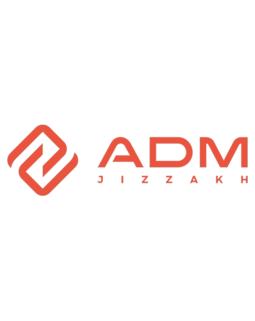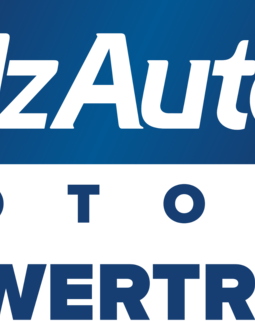Uzbekistan's automotive market has witnessed a notable downturn in sales, particularly in the light vehicle segment, while experiencing a surge in the electric transport sector. The recent trends in April reflect a challenging period for the country's automotive industry, marked by declining sales of new and foreign cars alongside a promising growth in electric vehicle sales, with Tashkent leading the charge in this segment.
Decline in Light Vehicle Sales:
The rate of decline in automobile sales in Uzbekistan accelerated in April, with total motor vehicle sales decreasing by 19%, amounting to 88.3 thousand cars. The primary market for light vehicles experienced a significant contraction, with sales nearly reaching 20 thousand cars for the month, marking a decrease of only 10% compared to the previous month. The decline in new locally manufactured cars sales continued for the third consecutive month, with 17.7 thousand light vehicles sold in April, reflecting a 9% decrease from the previous month.
Regional Sales Trends:
The decline in light vehicle sales has been observed across all regions of Uzbekistan, with the Namangan, Fergana, and Surkhandarya regions experiencing the largest decrease of more than 30% in sales volumes. Annually, the light vehicle market in the country decreased by 35.3%, indicating a challenging period for the automotive sector nationwide.
Electric Transport Growth:
In contrast to the decline in traditional vehicle sales, the electric car market in Uzbekistan exhibited high performance in April. Sales of light electric vehicles saw a significant increase, amounting to 2.9 thousand vehicles, marking a 23.2% growth compared to March. Tashkent emerged as the leader in this segment, recording nearly 2 thousand electric vehicle sales. Yearly indicators show a doubling of electric car sales in the republic, highlighting a promising trend in the electric transport sector.
Impact of Auto Loans and Market Dynamics:
The decline in automobile sales may be attributed to a reduction in auto loans and the complexity of their provision rules. Uzbekistan banks issued the lowest figure of auto loans in the last two years in March, impacting the affordability and accessibility of vehicles for consumers. The complexity of obtaining auto loans has likely contributed to the decline in sales, particularly in the primary and secondary markets for light vehicles.
Conclusion:
Uzbekistan's automotive market is navigating through a challenging period characterized by a decline in traditional vehicle sales, particularly in the light vehicle segment, while witnessing a promising growth in the electric transport sector. The shift towards electric vehicles, coupled with the challenges in obtaining auto loans and market dynamics, underscores the evolving landscape of the country's automotive industry. As Uzbekistan continues to adapt to changing consumer preferences and market conditions, the focus on electric transport and the need for accessible financing options will shape the future trajectory of the automotive market in the country.





